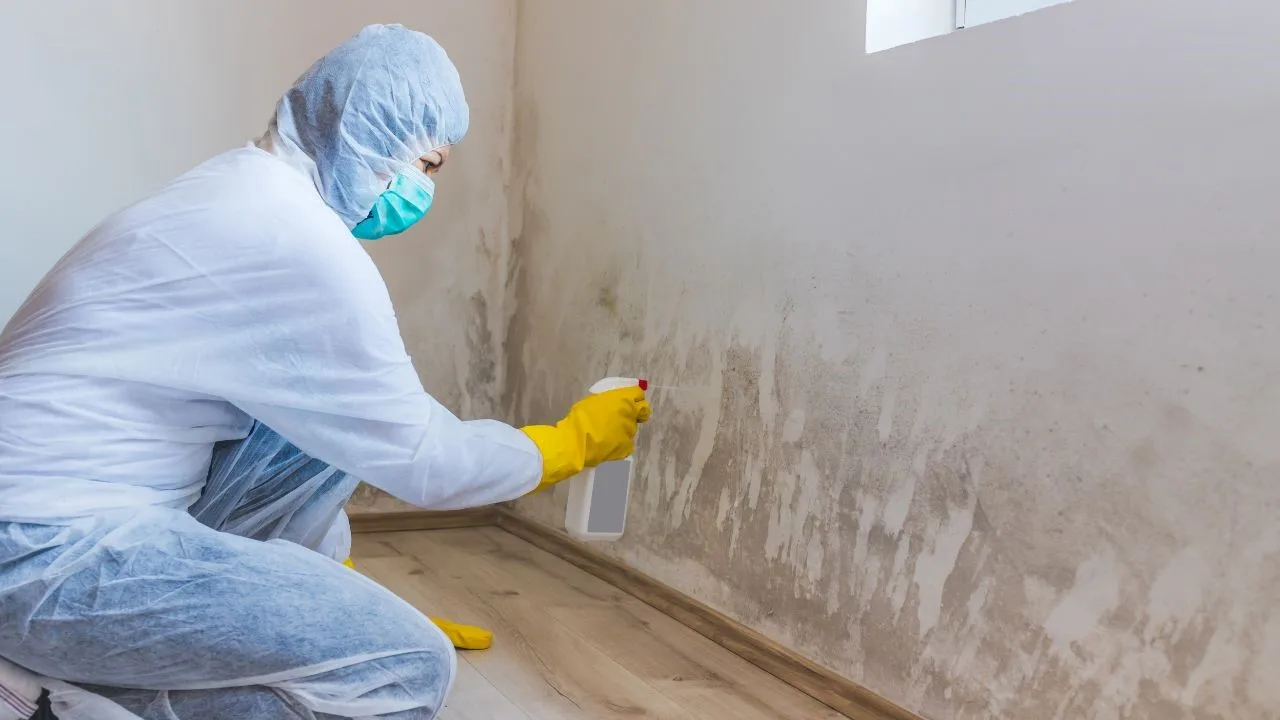How Professional Mold Testing Keeps Your Home Safe and Healthy
Your home should be your safe haven, but what if something invisible is threatening your family’s health? Mold can grow silently in your walls, under your floors, or in your attic without you even knowing it’s there. That’s where mold testing comes in to protect what matters most.
Many homeowners don’t realize they have a mold problem until someone gets sick or they spot visible growth. By then, the issue has often spread far beyond what you can see. Professional mold testing gives you the complete picture of what’s happening inside your home so you can take action before things get worse.
Why Mold Is More Than Just an Eyesore
Mold isn’t just ugly – it’s a real health hazard. When mold spores float through your air, you breathe them in. This can trigger allergies, asthma attacks, and respiratory problems. Some people experience headaches, fatigue, or constant sniffles without understanding why.
Children and elderly family members are especially vulnerable. If someone in your household has a weakened immune system, mold exposure can cause serious complications. Even healthy adults can develop sensitivities over time when they’re constantly exposed to mold spores.
Beyond health concerns, mold damages your property. It eats away at wood, drywall, and other building materials. Left unchecked, it can compromise your home’s structural integrity and cost thousands of dollars to repair.
The Hidden Places Mold Loves to Hide
Mold thrives in damp, dark places where air doesn’t circulate well. Your bathroom might seem like the obvious spot, but mold often grows in areas you rarely check. Basements, crawl spaces, and attics are prime real estate for mold colonies.
Leaky pipes inside your walls create the perfect environment for mold growth. You won’t see the leak or the mold until the problem becomes severe. The same goes for roof leaks that drip into your insulation or water damage from past flooding that never fully dried out.
Even your HVAC system can harbor mold. When condensation builds up in your air ducts, mold spores settle in and get blown throughout your entire house every time you turn on the heating or cooling.
What Professional Mold Testing Actually Does
Professional mold testing goes way beyond just looking around your house. Certified inspectors use specialized equipment to detect mold you can’t see with your naked eye. They take air samples from different rooms to measure spore levels and identify specific types of mold.
Surface sampling helps inspectors determine if what you’re seeing is actually mold or just dirt and discoloration. They can also take samples from inside your walls without causing major damage. These samples get sent to a laboratory where experts analyze them and provide detailed reports.
Moisture meters are another crucial tool. Inspectors scan your walls, floors, and ceilings to find hidden water problems that could be feeding mold growth. Thermal imaging cameras can spot temperature differences that indicate moisture buildup behind surfaces.
The best part? Professional inspectors know where to look. They’ve seen thousands of homes and understand the patterns of how mold spreads. They’ll check all those hidden spots you’d never think to investigate on your own.
The Testing Process From Start to Finish
When you schedule professional mold testing, the inspector will first ask about your concerns. Have you noticed musty smells? Has anyone been experiencing unexplained health symptoms? Have you had any water damage recently? This conversation helps them focus their investigation.
During the visual inspection, they’ll examine every area of your home, paying special attention to moisture-prone zones. They’ll look for visible mold, water stains, condensation, and signs of past water damage. They’ll also check your ventilation systems and look for conditions that encourage mold growth.
Next comes the actual testing. Air samples capture spores floating in your indoor environment. The inspector might also take samples from suspected mold growth or from materials that look damaged. They’ll document everything with photos and detailed notes.
Within a few days, you’ll receive a comprehensive report. This document explains what types of mold were found, where they’re located, and how severe the problem is. More importantly, it includes recommendations for remediation and prevention.
Why DIY Mold Tests Fall Short
Those home mold test kits from the hardware store seem convenient and affordable, but they have serious limitations. They can tell you if mold spores are present, but guess what? Mold spores are literally everywhere. What matters is the type of mold and the concentration levels.
DIY tests don’t tell you where the mold is growing or how extensive the problem has become. You might test one room while the real problem is hiding somewhere else entirely. Without professional interpretation, you won’t know if your test results are normal or alarming.
Professional inspectors also understand building science. They can identify the moisture source feeding the mold growth. Killing visible mold doesn’t solve anything if you don’t fix the underlying water problem. The mold will just come back.
When You Should Schedule Mold Testing
Don’t wait for obvious mold growth before getting your home tested. Schedule mold testing after any significant water damage, even if everything seems dry. Water can seep into places you can’t see and create problems months later.
If you’re buying a new home, mold testing should be part of your inspection process. The previous owners might have covered up mold problems with fresh paint or new fixtures. Finding out before you close can save you from inheriting a costly nightmare.
Persistent musty odors are a red flag. If your home smells like a damp basement but you can’t find the source, professional testing will locate the problem. The same goes for unexplained health symptoms that improve when you leave the house and return when you come home.
Protecting Your Investment and Your Health
Your home is probably your biggest financial investment. Regular mold testing protects that investment by catching problems early before they cause extensive damage. It also gives you peace of mind knowing your indoor air quality is safe.
Think of mold testing like going to the doctor for a checkup. You don’t wait until you’re seriously ill to see a physician. Similarly, you shouldn’t wait for a major mold outbreak to test your home. Prevention and early detection save money, stress, and potentially your health.
Professional mold testing empowers you with information. You’ll know exactly what you’re dealing with and what steps to take next. Whether that means fixing a small leak or calling in remediation specialists for a bigger job, you can make informed decisions about your home and your family’s wellbeing.






